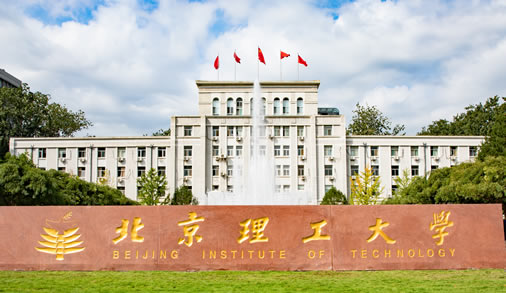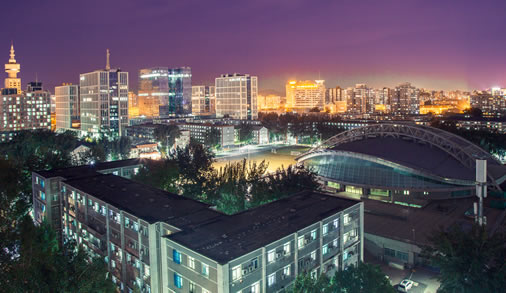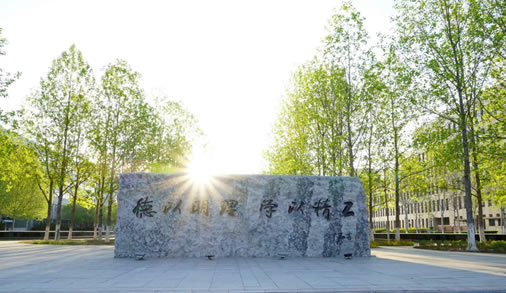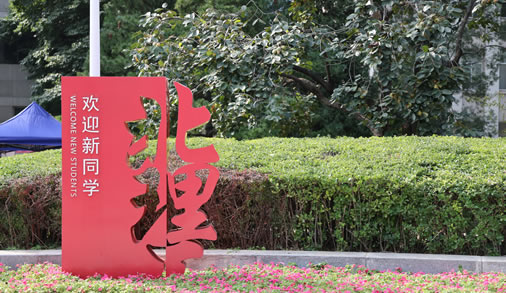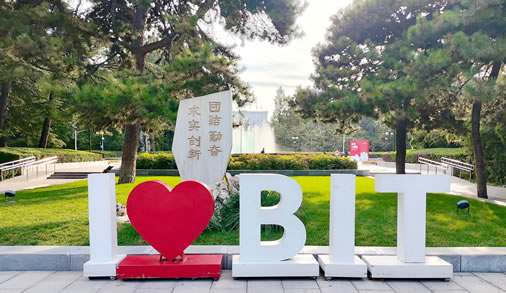

Updated: 2024-02-07
At the recently held 14th Honda China Energy Saving Competition, the team from the Beijing Institute of Technology (BIT) stood out, winning the championship with the excellent performance of their blue and white streamlined racing car, Ty23-H, independently developed and designed by BIT students.
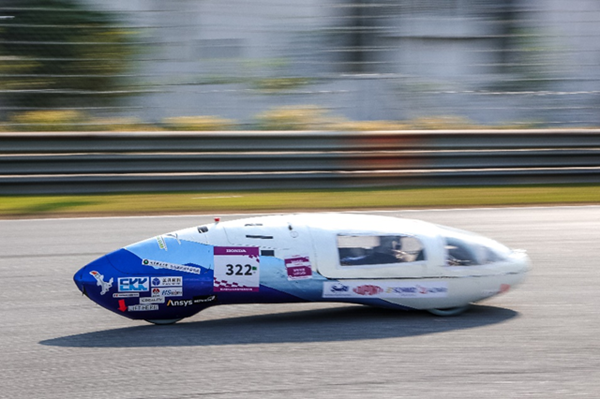
The racing car Ty23-H, developed and designed by BIT students, can run 501 kilometers on one kilowatt-hour of electricity. [Photo/english.bit.edu.cn]
How do universities serve as fertile ground for top-notch innovative leaders? Zhang Jun, secretary of the CPC BIT Committee, discussed this topic in an exclusive interview with Guangming Daily.
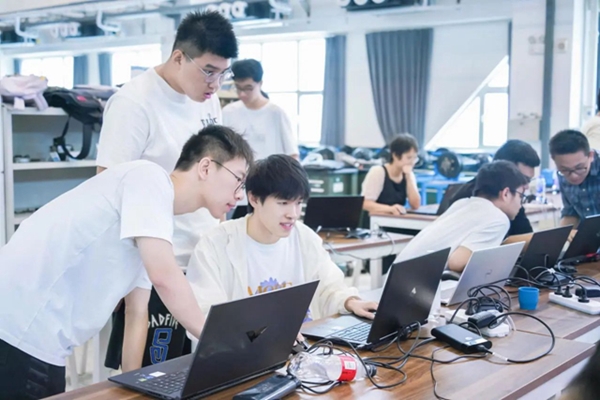
Students conduct experiments at the College Student Engineering Training and Practice Center. [Photo/english.bit.edu.cn]
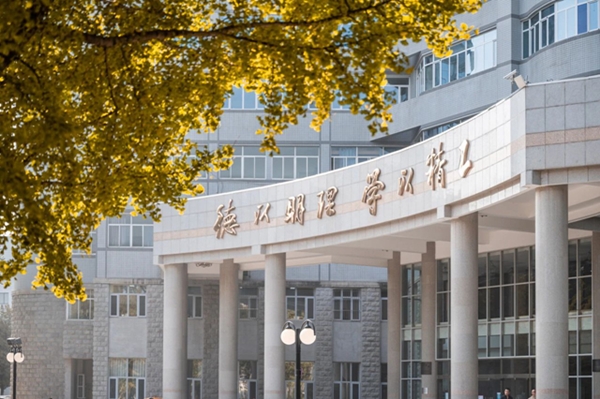
A view of BIT campus [Photo/english.bit.edu.cn]
Q: How do you think we can cultivate a large number of outstanding innovative talents who can meet new requirements and expectations?
A: Universities should renew their teaching concepts and increase investment in teaching. They should also put greater efforts into eliminating constraints on reform and outdated concepts.
Taking BIT as an example, our university is exploring the creation of an innovative consortium integrating universities and local governments, universities and enterprises, and different universities.
First, it utilizes major research platforms to train and cultivate students' innovative and creative abilities. Second, it focuses on cultivating engineering and technical innovation talents rooted in engineering practice and frontline production, establishing the College of Outstanding Engineers.
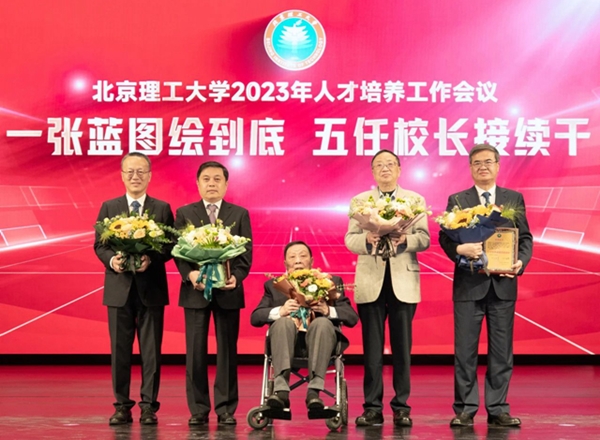
BIT holds a conference on talent cultivation work on Oct 30-31, 2023. [Photo/english.bit.edu.cn]
Q: How do you think we should adapt to the new trend of educational informatization?
A: BIT meets students' needs for intelligent, personalized, and precise learning through human-computer interaction, data sharing, and knowledge interconnection.
First, it advocates implementing "five-dimensional education," integrating time, space, and knowledge to promote the spiral evolution of knowledge depth, adhesion, and breadth, creating an educational space that is ubiquitous, high quality, and instantly responsive.
Second, it applies educational models (such as generative artificial intelligence tools) to educational teaching, utilizing their characteristics of rapid knowledge acquisition, inspiring interaction, essential exploration, and derivative creation to help students enhance their abilities in actively discovering problems, critical thinking, and innovation.
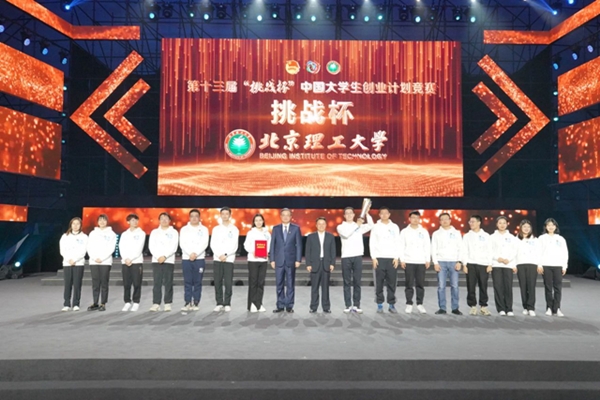
BIT students win the top prize in the 13th "Challenge Cup" Chinese College Students' Entrepreneurship Competition. [Photo/english.bit.edu.cn]
Q: How do you think we can promote teaching and learning through competition to shape students' innovative thinking?
A: This requires us to transform from creating "competition spaces" to building "learning and innovation spaces" through educational guidance, institutional mechanism design, and cultural cultivation.
First, from amateur to mainstream. Innovation and entrepreneurship education should not only be carried out as extracurricular activities to cultivate students' hobbies, but also be an important part of the school's high-level talent training system.
Second, from passive to active, from students selectively participating under guidance and encouragement to students being infected, attracted, and actively involved in innovation and entrepreneurship activities.
Third, from individual to group, emphasizing the transformation from individual and niche participation by students to mass entrepreneurship and innovation.
Fourth, from activities to brands, systematically designing, organizing, and promoting innovation and entrepreneurship activities to build them into distinctive features and brands of the school's talent training.


